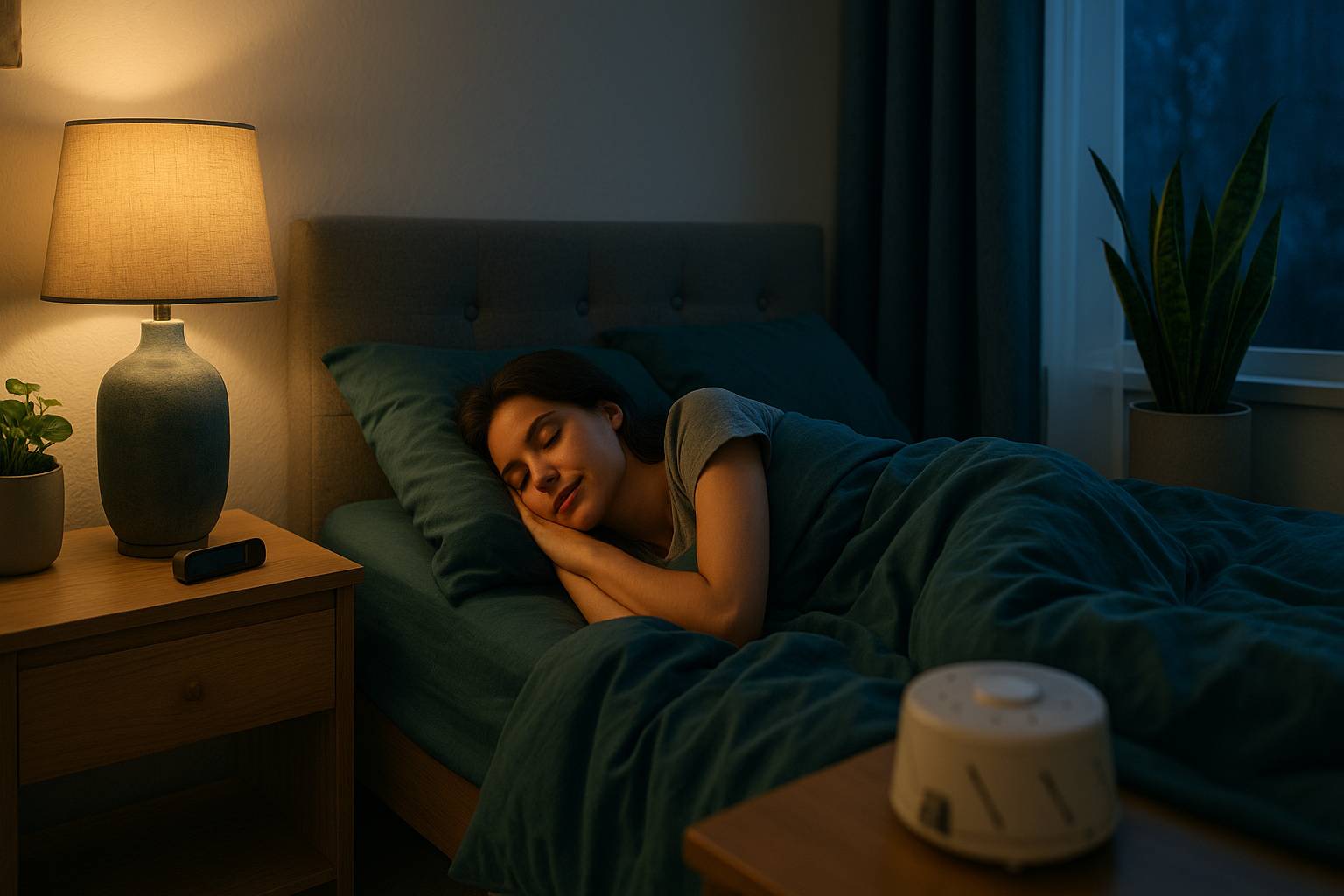We spend roughly one-third of our lives sleeping, yet many people struggle to get the restful slumber they need. From tossing and turning to waking up groggy, poor sleep can impact everything from your mood to your immune system. The good news? Small changes around your home can dramatically improve how you sleep. Here’s a comprehensive list of practical home hacks, all backed by science and expert advice, to help transform your nights into rejuvenating rest.
1. Optimize Bedroom Temperature
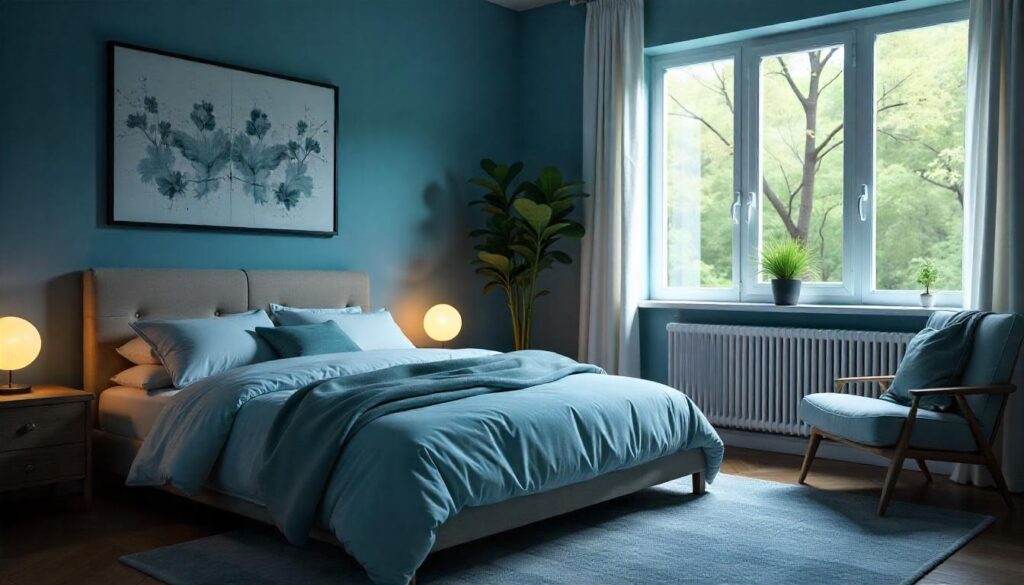
Temperature is one of the most crucial external factors influencing sleep quality. Studies suggest the ideal bedroom temperature for most adults is between 60°F and 67°F (15.5°C – 19.5°C). When your room is too warm or too cold, it can disrupt the body’s natural drop in core temperature that signals it’s time to sleep. Consider using a programmable thermostat to cool your bedroom slightly at night.
Alternatively, invest in cooling bed sheets or a mattress pad designed to regulate heat. If you live in a hot climate, using a fan to circulate air can help prevent stuffiness and maintain comfort. For comparison, think about how challenging it feels to sleep during a heatwave versus the comfort of crisp, cool autumn nights. A cooler environment allows deeper, more restorative sleep cycles. For more insights on optimal sleep temperature, check out Sleep Foundation’s guide.
2. Dim the Lights at Night
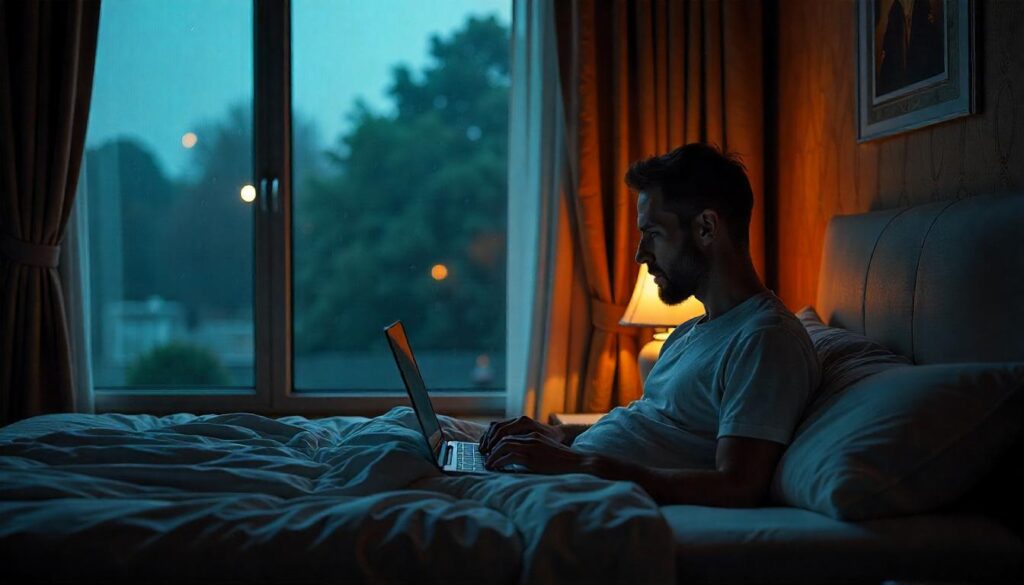
Artificial light exposure at night suppresses melatonin, the hormone that tells your body it’s time for sleep. Bright overhead lights and device screens trick your brain into thinking it’s still daytime, delaying sleepiness. Switch to warm, dim lighting in the evenings. Smart bulbs with adjustable color temperature can gradually shift from cool daylight to a soft amber glow, creating a natural wind-down cue. Candles (used safely) or salt lamps also provide cozy, low-level light that’s gentle on your eyes. Think of how relaxed you feel during a candle-lit dinner compared to under harsh fluorescent lights. The same concept applies to your nighttime routine. Learn more about how light impacts sleep from Harvard Health.
3. Declutter Your Bedroom

A cluttered bedroom can fuel anxiety and make it harder to switch off mentally at night. Psychologists note that visible mess increases stress and can subconsciously remind you of unfinished tasks, interfering with relaxation. Try implementing minimalist principles. Keep only essential items visible, and store the rest neatly out of sight. Under-bed storage or attractive baskets help maintain a tidy look without sacrificing functionality. Consider how serene a hotel room feels—the absence of clutter fosters a calm environment ideal for sleep. You can replicate that sense of order at home with simple decluttering habits. Explore the link between clutter and mental health in Psychology Today’s article.
4. Block Out Noise Pollution
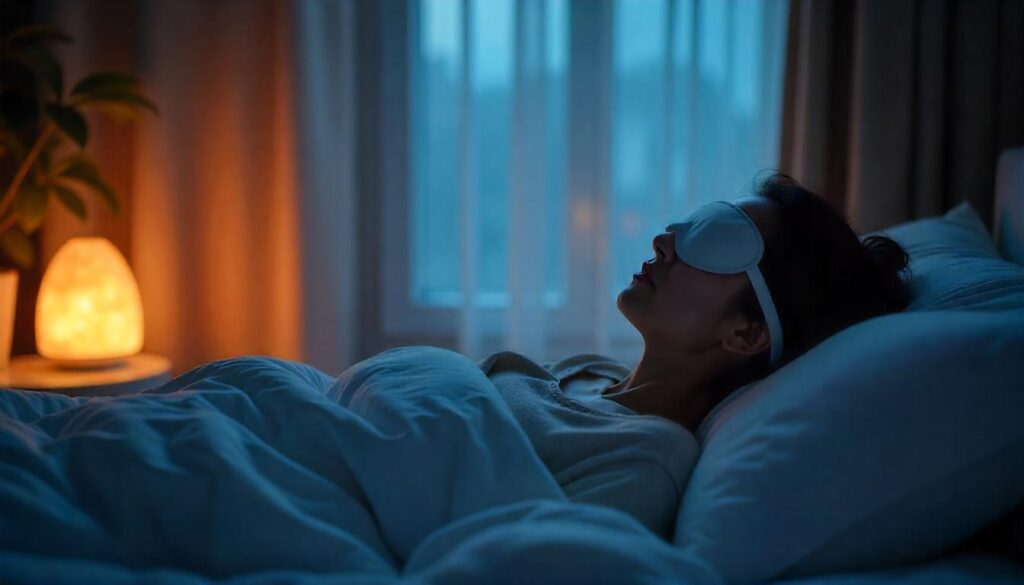
Even low-level noises—like traffic, neighbors, or a ticking clock—can disrupt sleep cycles and prevent deep rest. Sleep disturbances from noise have been linked to increased stress hormones and impaired memory consolidation. White noise machines can help mask external sounds, creating a consistent audio backdrop. Alternatively, soft fans or apps offering ocean waves or rain sounds can soothe your brain and promote relaxation. Earplugs are another affordable option for sensitive sleepers. Think about how much easier it is to fall asleep in a quiet cabin versus a noisy city apartment. The absence of jarring sounds helps your nervous system wind down properly. Read more about noise and sleep from the Centers for Disease Control and Prevention (CDC).
5. Incorporate Calming Scents
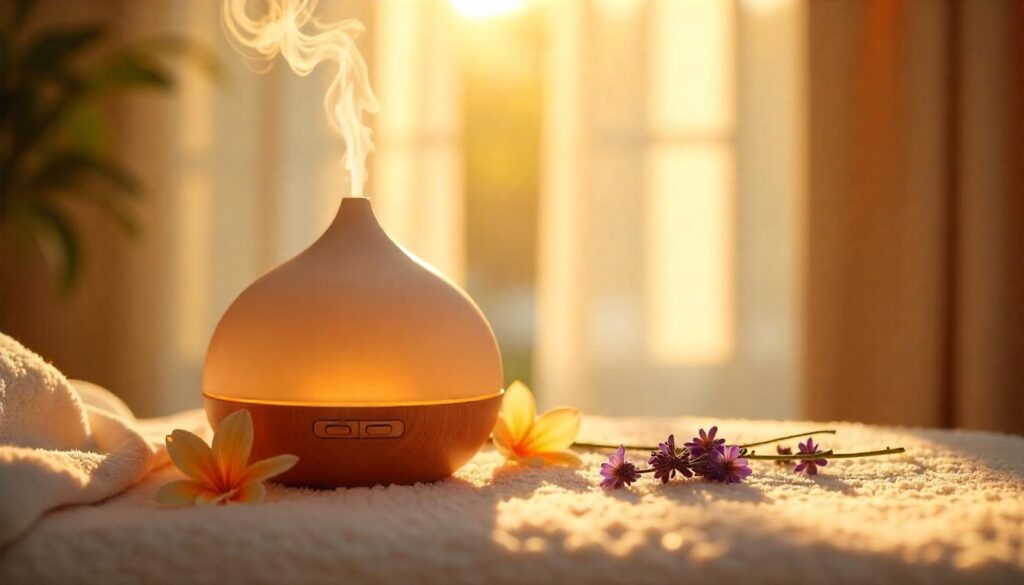
Aromatherapy isn’t just hype—it’s backed by research. Scents like lavender, chamomile, and sandalwood have shown potential to lower heart rate and reduce anxiety, helping you drift off more easily. Use essential oil diffusers, scented candles, or linen sprays on your pillows. Lavender, in particular, is popular for its sedative properties and is frequently studied for promoting deeper sleep. Consider the difference between falling asleep in a room smelling of fresh lavender versus lingering odors like cooking spices or household chemicals. The right scent sets the tone for relaxation. Find evidence-based details in this National Library of Medicine review.
6. Invest in a Quality Mattress and Pillows
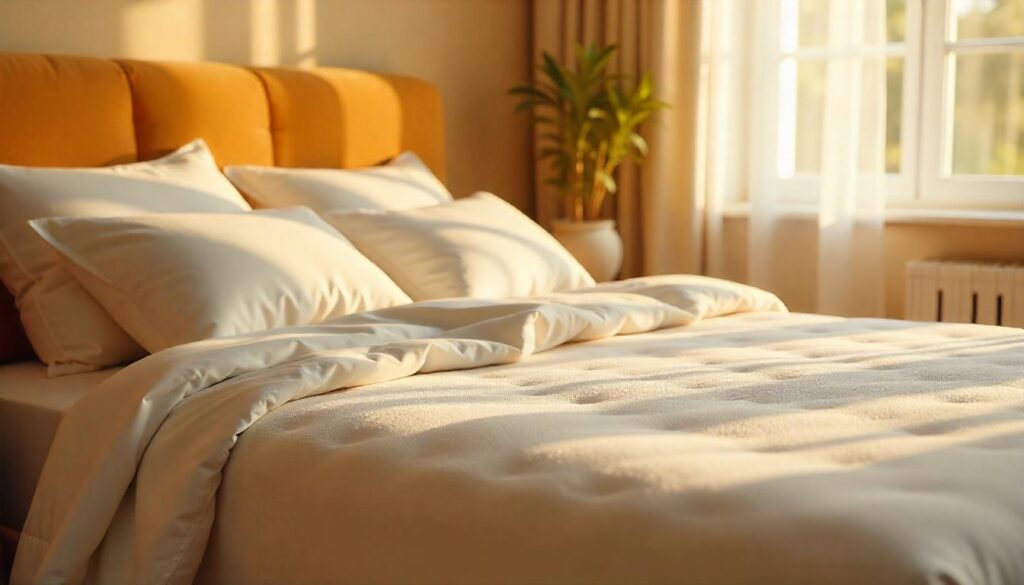
Your mattress and pillow choices can make or break your sleep quality. An old, sagging mattress may cause pain and stiffness, leading to frequent night-time awakenings. Experts generally recommend replacing your mattress every 7-10 years. When shopping, consider your sleep position. Side sleepers often need softer surfaces to cushion shoulders and hips, while back or stomach sleepers typically benefit from firmer support. Memory foam, hybrid, and latex options all have pros and cons. Pillows are equally vital. The wrong loft or material can cause neck strain. Try adjustable pillows that allow you to customize height and firmness for comfort. For a thorough buying guide, visit Consumer Reports.
7. Embrace a Plant-Filled Bedroom

Certain houseplants improve air quality and create a calming atmosphere. Plants like snake plants, peace lilies, and English ivy filter toxins and increase humidity, which can ease breathing and reduce allergies that might disrupt sleep. Besides air purification, greenery offers psychological benefits. Studies show exposure to nature—even indoor plants—reduces stress and promotes well-being. Imagine the difference between waking up in a sterile room versus one with lush greenery. Plants bring tranquility and a touch of life to your sleep sanctuary. Check out NASA’s famous Clean Air Study for insights into air-purifying plants.
8. Limit Bedroom Electronics
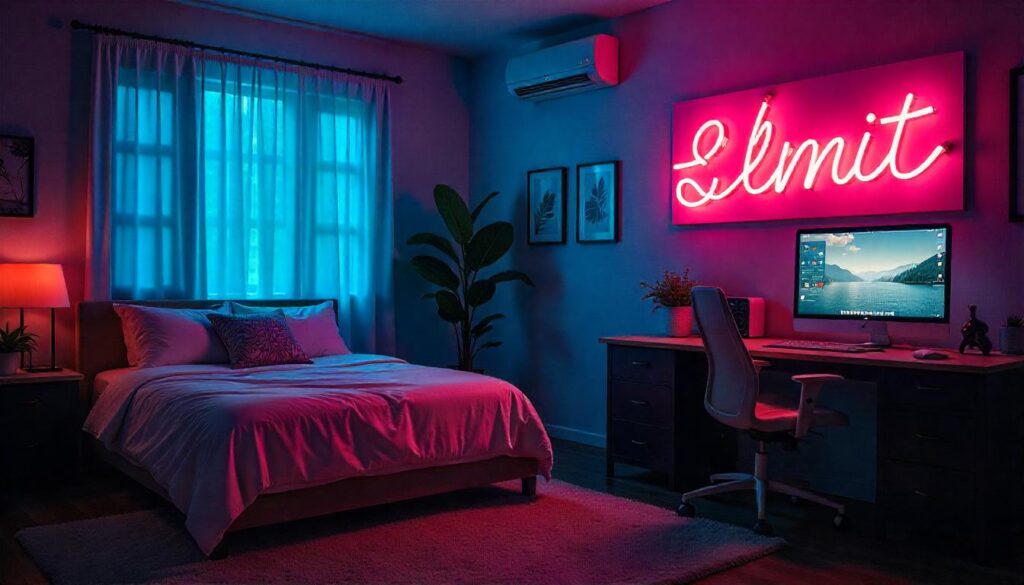
Electronics such as TVs, smartphones, and laptops emit blue light, which suppresses melatonin production. Moreover, engaging content can overstimulate your mind, making it harder to wind down. Consider enforcing a “no screens” rule in your bedroom or at least an hour before bed. Swap scrolling for reading a book, practicing gentle yoga, or journaling. Notice how peaceful a tech-free vacation feels compared to evenings spent doom-scrolling social media. Your mind and body deserve the same calm before sleep. Learn more from the Sleep Foundation’s tech and sleep resource.
9. Upgrade Your Window Treatments
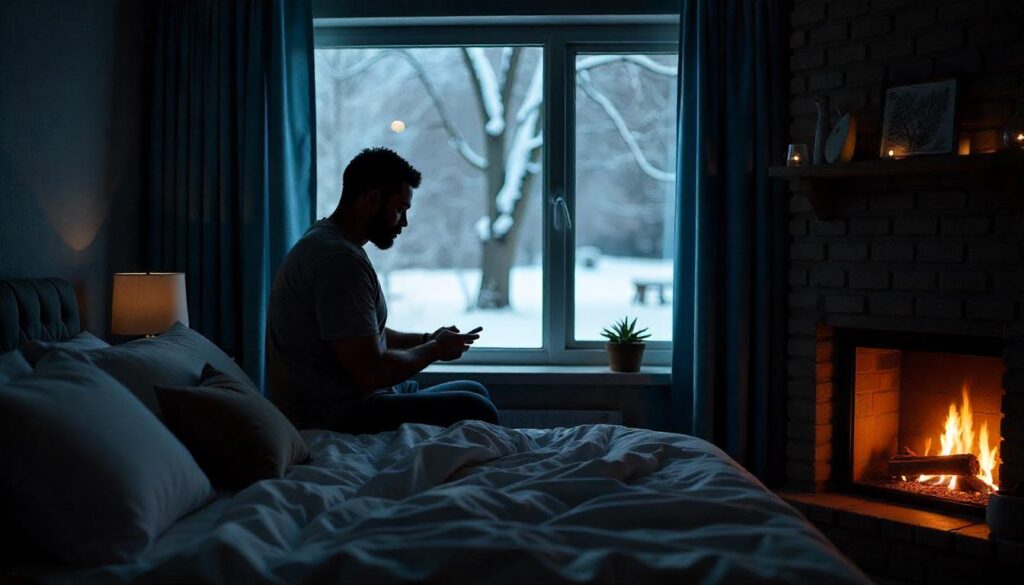
Streetlights, passing cars, or early sunrises can interrupt your sleep, especially if you’re sensitive to light. Blackout curtains or shades block outside illumination, helping keep your bedroom dark and conducive to rest. Consider layered window treatments for flexibility—a combination of sheer curtains and blackout panels allows you to adjust lighting throughout the day. Compare how well you sleep in a pitch-black hotel room versus your bedroom with light leaks. Darkness signals your body that it’s time for sleep and supports natural melatonin release. Read about the benefits of darkness for sleep in this National Institutes of Health article.
10. Choose Soothing Bedroom Colors
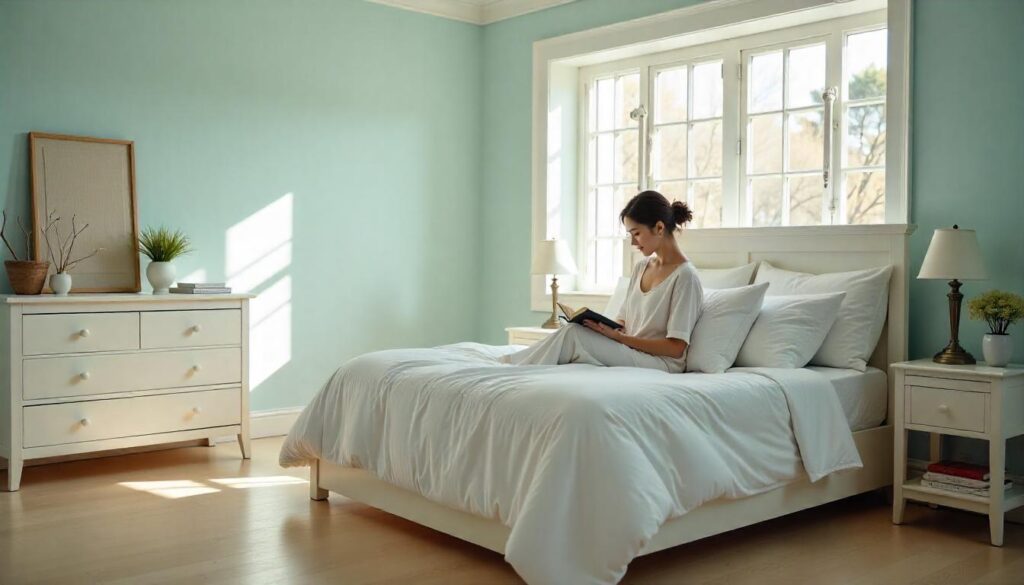
Color psychology suggests that certain hues influence relaxation. Soft, muted shades—like pale blue, sage green, or lavender—tend to be calming, while bright reds and oranges are energizing and may stimulate the mind. Repainting your bedroom in restful tones can subtly cue your brain that it’s a place for relaxation. Even swapping out bedding and décor for calming colors can make a noticeable difference. Think of the soothing palette in a spa compared to a vibrant, stimulating environment like a gym. Your bedroom should reflect serenity. Explore the science of color and mood in Verywell Mind’s guide.
11. Keep Pets Off the Bed

Although snuggling with pets feels comforting, they can disrupt sleep by shifting positions, snoring, or moving in and out of the bed. A Mayo Clinic study found that people who shared a bed with pets often experienced more sleep disturbances. If you struggle with sleep quality, consider giving pets their own cozy bed nearby. This way, they’re close for comfort without crowding your space. Compare how well you sleep solo versus with a restless dog shifting around at 2 a.m. It’s often the difference between restful sleep and groggy mornings. Read more in this Mayo Clinic report.
12. Establish a Pre-Bedtime Routine

Humans thrive on routine. A consistent pre-sleep ritual tells your body and mind that it’s time to wind down. Activities like light stretching, reading, meditation, or a warm shower help signal the transition from day to night. Aim to follow the same sequence every evening. For instance, you might dim the lights, brew herbal tea, and read for 20 minutes before bed. Notice how much smoother your mornings feel after a peaceful night compared to when you crash into bed after chaos. Small routines have big impacts on sleep quality. Find practical ideas for bedtime routines from Cleveland Clinic.
13. Mind Your Caffeine and Alcohol

Caffeine is a well-known stimulant, but many people overlook how long it lingers in your system—its half-life is about 5-6 hours. Even a mid-afternoon coffee could interfere with falling asleep at night. Alcohol, on the other hand, might help you fall asleep initially but fragments sleep cycles, leading to more wakefulness in the latter half of the night. Instead, try herbal teas like chamomile or valerian root, which may promote relaxation. Think about how restless you feel after a few drinks versus the restorative sleep that comes with skipping nightcaps. For evidence-based info, see National Sleep Foundation’s caffeine guide.
14. Try Gentle Bedtime Yoga
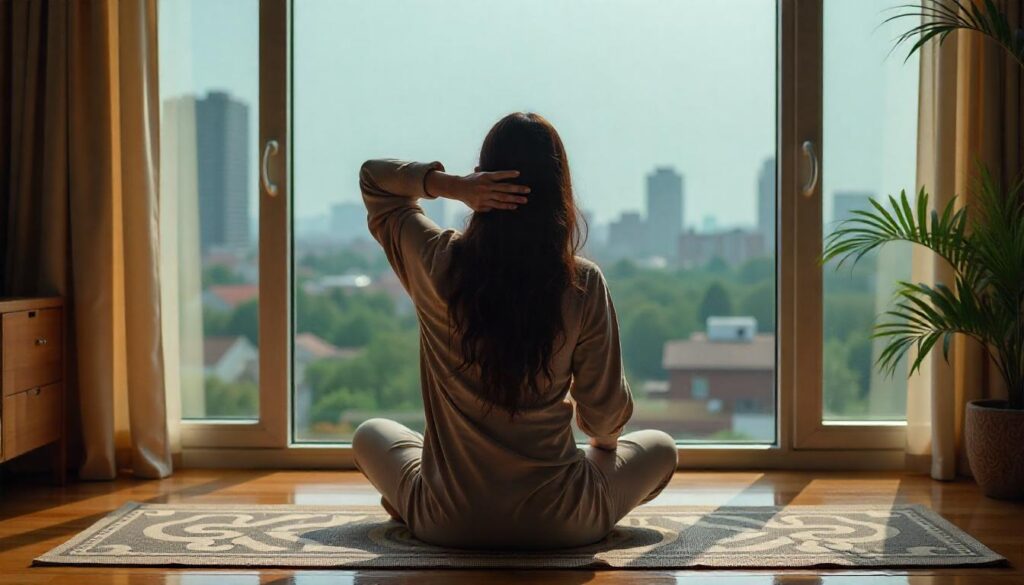
Gentle yoga stretches can ease muscle tension and quiet racing thoughts. Studies suggest yoga may improve sleep onset and duration by lowering cortisol levels and promoting relaxation. Focus on restorative poses like child’s pose, legs-up-the-wall, and reclining bound angle. Avoid vigorous flows right before bed, which could be too energizing. Imagine the difference between climbing into bed after a few peaceful stretches versus flopping down, tense and achy. Find beginner yoga sequences on reputable sites like Yoga Journal.
15. Keep a Sleep Journal

If sleep troubles persist, tracking your habits can help identify patterns. Note your bedtime, wake-up time, caffeine intake, stress levels, and any middle-of-the-night awakenings. Over a few weeks, trends may emerge, revealing culprits behind your restless nights. You can then adjust your environment or routine accordingly. A sleep diary is also invaluable if you consult a doctor about ongoing sleep issues. Think of it like troubleshooting a device—data helps pinpoint what’s going wrong. For templates and guidance, visit Sleep Foundation’s sleep diary resources.
Disclaimer: This article is for informational purposes only and does not constitute medical advice. If you experience chronic sleep issues, consult a qualified healthcare provider for personalized guidance.

